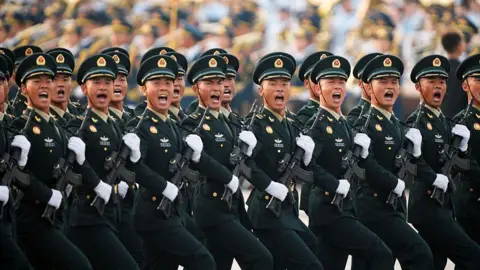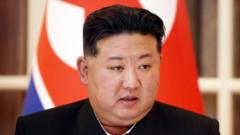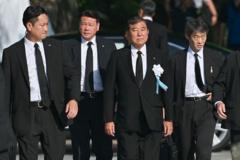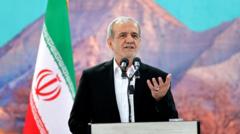In a significant move coinciding with the NATO summit in The Hague, the United Kingdom has decided to procure 12 F-35A stealth fighter-bombers, reinstating its military's capability to potentially deliver nuclear weapons from the air for the first time after the Cold War. This acquisition allows Britain to enhance its nuclear deterrence, adding air power to its existing nuclear triad, which currently consists solely of Trident submarines capable of firing cruise missiles.
The F-35A fighters, which can carry both conventional and nuclear bombs, strengthen Britain’s role in NATO's airborne nuclear mission. Alongside France, Britain's reintroduction of a nuclear role for its air force aligns with shared concerns regarding Europe's security in light of ongoing tensions with Russia. The government's announcement emphasized that this evolution marks "the biggest strengthening of the U.K.'s nuclear posture in a generation."
As part of this strategic pivot, British forces are poised to adopt the American B61 nuclear bombs stockpiled in Europe, enabling allied aircraft to bolster deterrent capabilities. Currently, seven NATO member countries including Italy and Germany have dual-capable aircraft that can house these nuclear warheads. This decision not only underscores Britain's commitment to NATO but also addresses growing doubts about the extent of American support in the European context.
While the UK has been operating F-35B jets suitable for aircraft carriers, these current aircraft lack nuclear capabilities. The addition of F-35As signifies a proactive measure to ensure the U.K. military is well-equipped to respond to potential crises, particularly amid shifting political climates and perceived threats to European security.





















